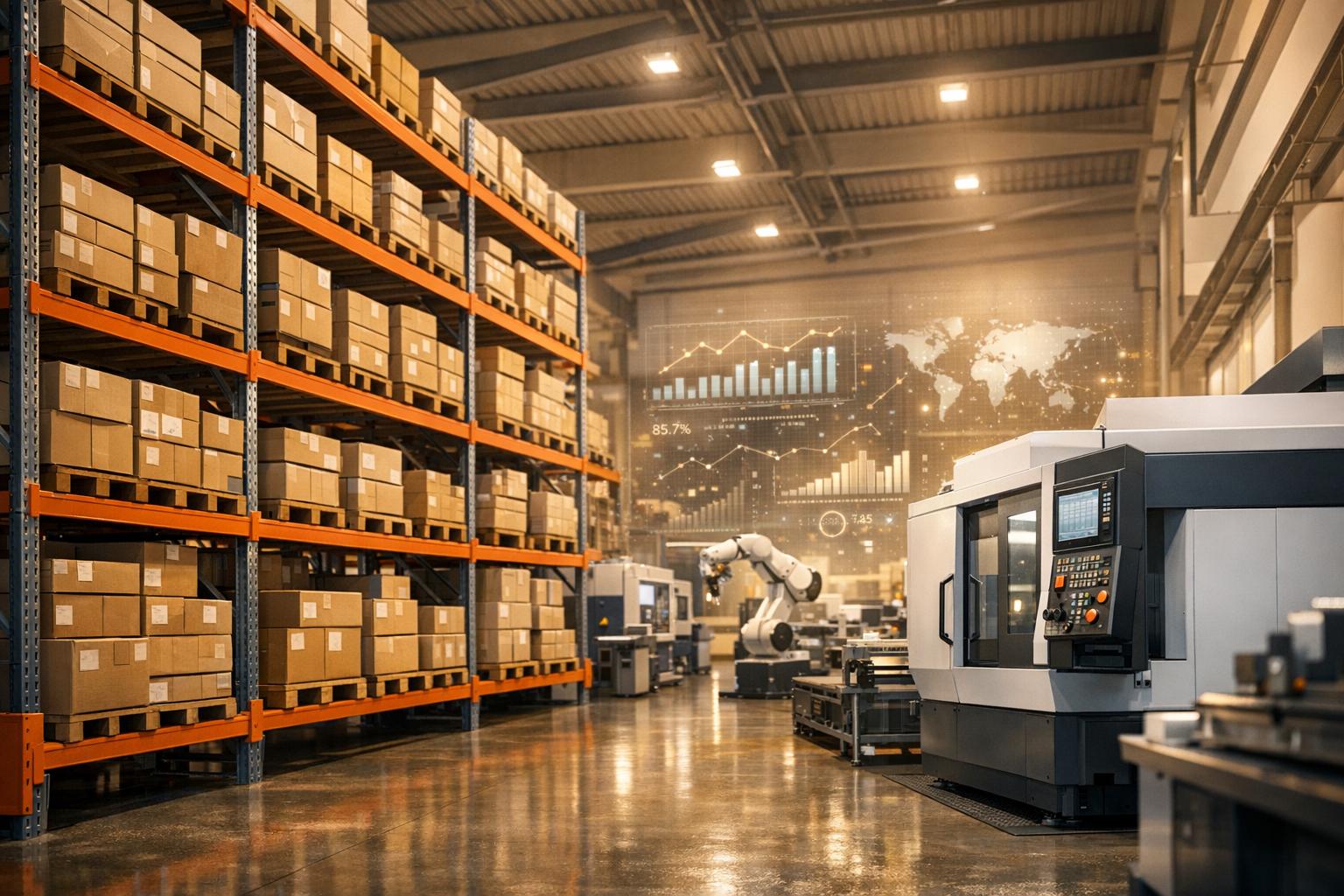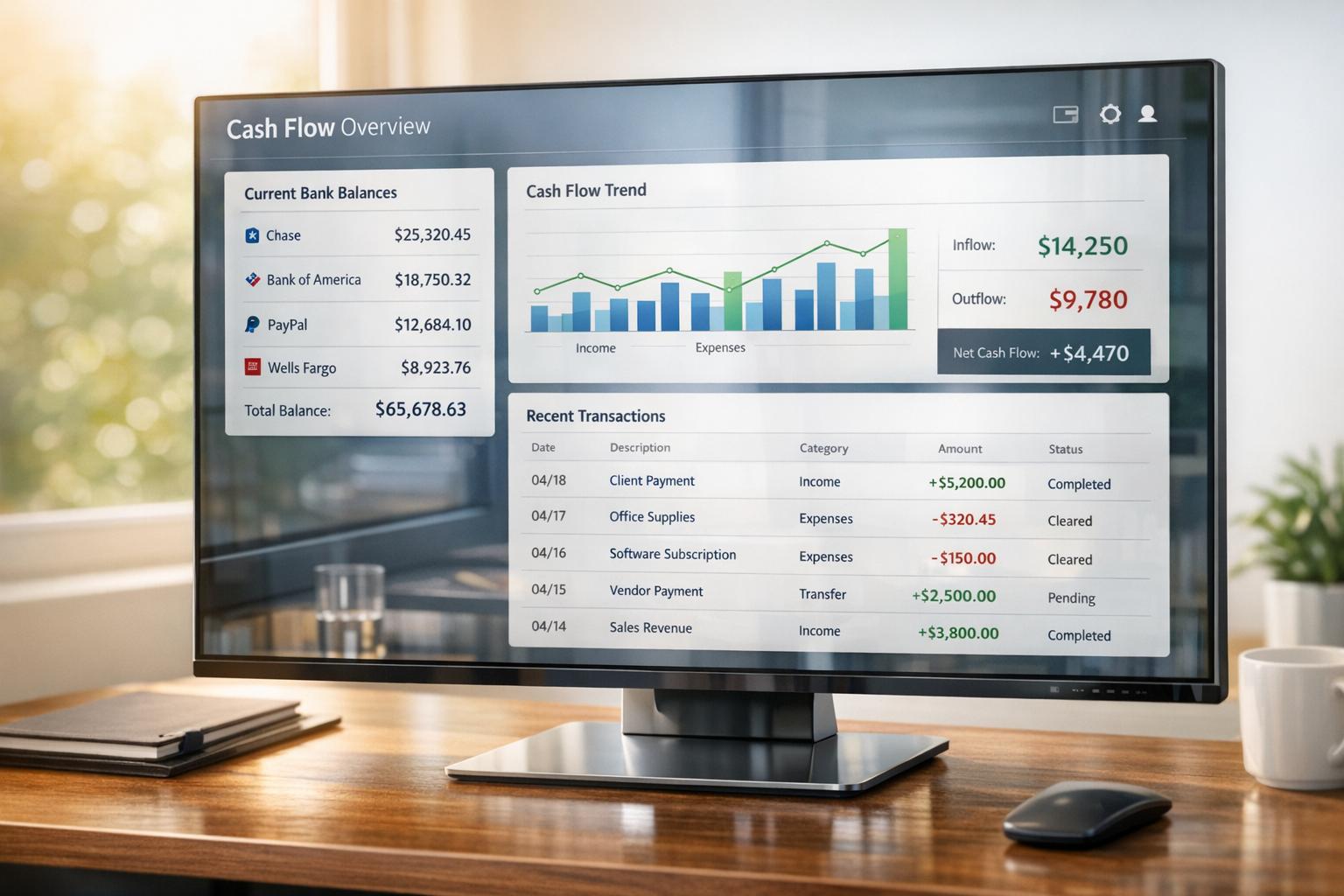How to Manage M&A Risks in Manufacturing

Mergers and acquisitions (M&A) in the manufacturing sector present a unique set of opportunities and challenges. For founders, entrepreneurs, and executives managing mid-market businesses, understanding how to approach M&A with foresight can be pivotal. This article dives into key insights and strategies for managing risk in manufacturing M&A, based on an in-depth discussion with industry experts. From navigating global exposures to addressing cultural integration, this guide will equip you with actionable advice to ensure successful outcomes in your transactions.
Navigating the Current Manufacturing Landscape
The manufacturing industry is at a crossroads, shaped by advancements in technology, robust legislative support, and shifting global dynamics. Despite challenges like labor shortages and rising raw material costs, the sector is poised for growth. Here’s a quick snapshot of current trends:
- Technological Advancements: Innovation in automation, AI, and clean energy solutions is driving efficiency, safety, and quality across manufacturing processes, attracting both investors and talent.
- Legislative Support: Policies like the CHIPS and Science Act, Inflation Reduction Act, and Bipartisan Infrastructure Law are fueling long-term growth through tax breaks, R&D funding, and infrastructure investments.
- Nearshoring on the Rise: Manufacturers are increasingly moving production closer to the U.S., benefiting from reduced transportation costs and enhanced operational control. However, this doesn’t eliminate global risks, as companies still rely on global supply chains for components.
These dynamics create fertile ground for M&A activity, offering companies opportunities to scale, diversify, and enhance competitiveness.
Key Risks in Manufacturing M&A
M&A activity in manufacturing is often motivated by strategic goals such as vertical integration, market expansion, or operational efficiencies. However, these deals come with inherent risks that must be addressed during due diligence and post-acquisition integration.
1. Cultural Integration and Workforce Management
M&A success starts with people. Many acquisitions falter because of cultural mismatches or workforce disruptions:
- Employee Retention: Addressing concerns about job security and operational changes early in the process is vital.
- Safety Culture Alignment: Companies with disparate safety practices must create a unified policy to prevent workplace injuries.
- Leadership Overreliance: If an organization is heavily centered on a founder or key executive, their departure could destabilize the workforce and operations.
2. Cybersecurity Risks
The integration of IT systems during an M&A deal can expose businesses to heightened cyber threats. Companies must:
- Conduct thorough IT audits before finalizing a deal.
- Ensure both organizations adhere to robust cyber risk management practices.
- Invest in cyber insurance to safeguard against potential breaches.
3. Supply Chain and Trade Risks
Global supply chains remain a potential pain point during M&A:
- Vendor Disruption: Acquisitions may disrupt existing relationships with suppliers, particularly for companies dependent on international component sourcing.
- Trade Regulations: Shifts in trade agreements and tariffs, such as the new U.S.-Vietnam agreement, could impact costs and logistics post-acquisition.
4. Geographic and Environmental Exposures
Entering new regions comes with specific environmental risks. For example, manufacturing facilities in areas prone to natural disasters (such as hurricanes or wildfires) require tailored business continuity plans to mitigate potential disruptions.
5. Product Liability
Any changes to product design, manufacturing processes, or distribution channels bring liability risks. Acquirers must evaluate:
- Design and safety standards of acquired products.
- Adequacy of product warnings and user instructions.
- Potential exposure to lawsuits, particularly in consumer goods industries where litigation is prevalent.
Case Studies: Real-World Lessons from M&A Deals
Case Study 1: Strategic Acquisition for Vertical Integration
A Connecticut-based automotive component manufacturer specializing in braking systems was acquired by a global engine manufacturer for $325 million. The goal was to bring key technologies in-house and advance efforts in emission reduction and EV power applications.
Key Takeaways from the Deal:
- Business Continuity: Even with vertical integration, maintaining alternative suppliers is essential to prepare for worst-case scenarios.
- Cyber Integration: Robust planning for IT and technology integration is crucial to prevent vulnerabilities.
- Global Exposures: With some component parts sourced internationally, careful evaluation of supply chain risks was necessary.
Case Study 2: Private Equity Carve-Out in Building Materials
A cabinetry division of a Michigan-based building materials manufacturer was carved out by a private equity firm in a leveraged buyout. The new ownership prioritized operational improvements and manufacturing efficiencies to reposition the business for growth.
Key Lessons:
- Insurance Adjustments: Transitioning from a corporate insurance program to standalone coverage required careful negotiation, often leading to higher premiums or reduced leverage.
- Employee Safety: During the transition period, safety protocols had to be reinforced to minimize disruptions.
- Supply Chain Challenges: The carved-out company faced reduced purchasing power, impacting raw material costs and supplier relationships.
Future Risks in Manufacturing M&A
The Travelers Institute’s recent M&A study highlights cultural and operational disruptions as top concerns for future deals. These risks rank even higher than financial challenges or talent shortages, underscoring the need for a people-centric approach to M&A.
- Cultural Disruption: Misaligned organizational values or unclear communication during integration can lead to talent loss and declining morale.
- Operational Challenges: Changes in leadership, processes, or geographic focus can destabilize the core business.
- Legal and Regulatory Risks: Increasing litigation trends, especially in product liability cases, require robust legal and risk management frameworks.
Actionable Recommendations for M&A Success
- Engage Key Stakeholders Early: Involve brokers, underwriters, and risk management teams during due diligence to uncover hidden risks.
- Prioritize Employee Safety and Retention: Develop clear communication plans and robust safety protocols during and after the transition.
- Integrate Cybersecurity Measures: Invest in IT audits and cybersecurity systems to prevent data breaches during integration.
- Evaluate Supply Chains: Map out global and domestic suppliers, ensuring alternative options are available if disruptions occur.
- Tailor Insurance Solutions: Align domestic and global coverage with the same carrier to eliminate gaps. Consider specialized policies for cargo, product liability, and global operations.
Key Takeaways
- Cultural Integration: Start planning for workforce alignment during due diligence to minimize disruptions.
- Cybersecurity: Proactively address IT integration risks with robust cyber insurance.
- Supply Chain Resilience: Vet global suppliers and secure alternative options to mitigate disruptions.
- Geographic Risk Management: Factor in weather and environmental risks when acquiring manufacturing facilities in new regions.
- Product Liability: Review acquired products for design safety and compliance with local and international standards.
- Insurance Planning: Align insurance coverage across domestic and global exposures to prevent coverage gaps.
By proactively addressing these risks, manufacturing business leaders can navigate M&A deals with confidence, protecting their investments while setting the stage for long-term growth.
Source: "Mastering M&A: Risk Management in Manufacturing Transitions" - Travelers, YouTube, Oct 30, 2025 - https://www.youtube.com/watch?v=E3Q8uHcA34g




